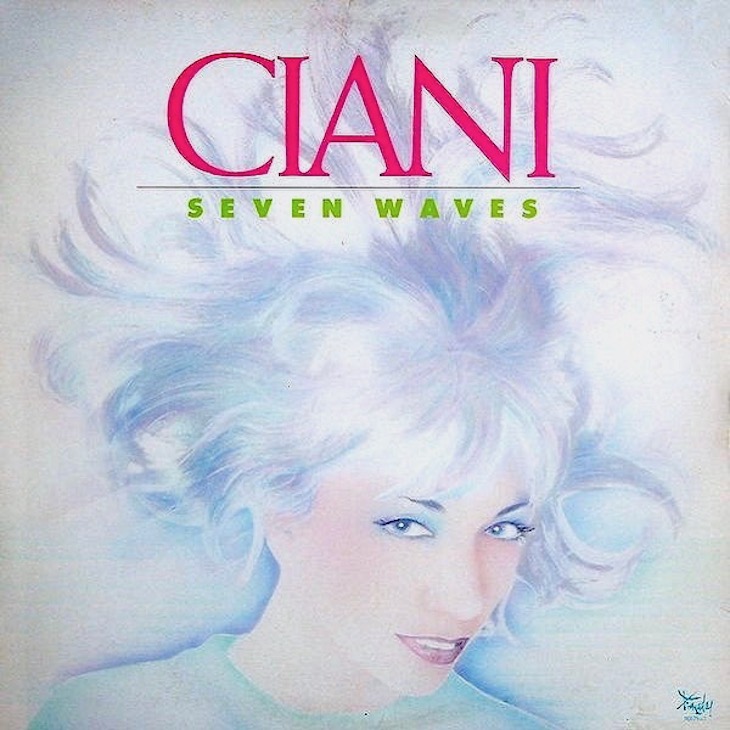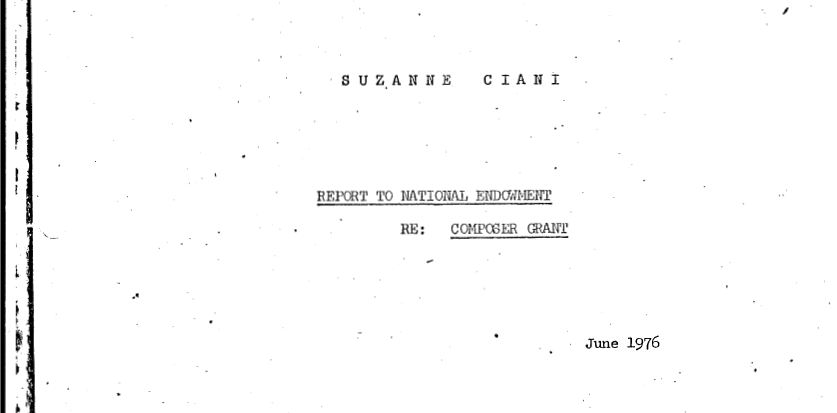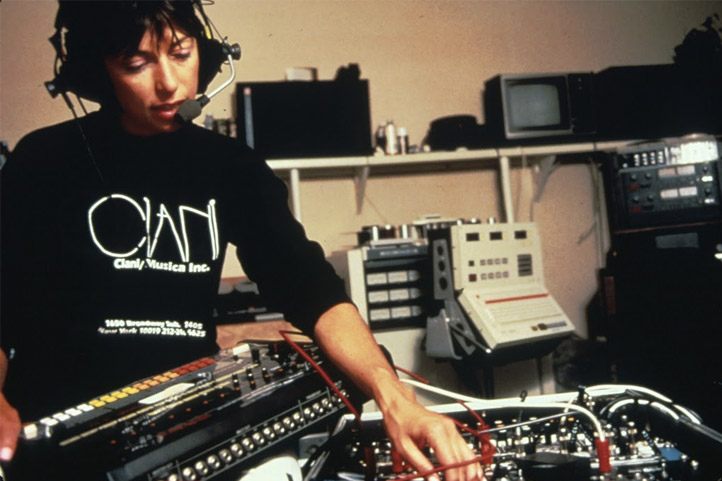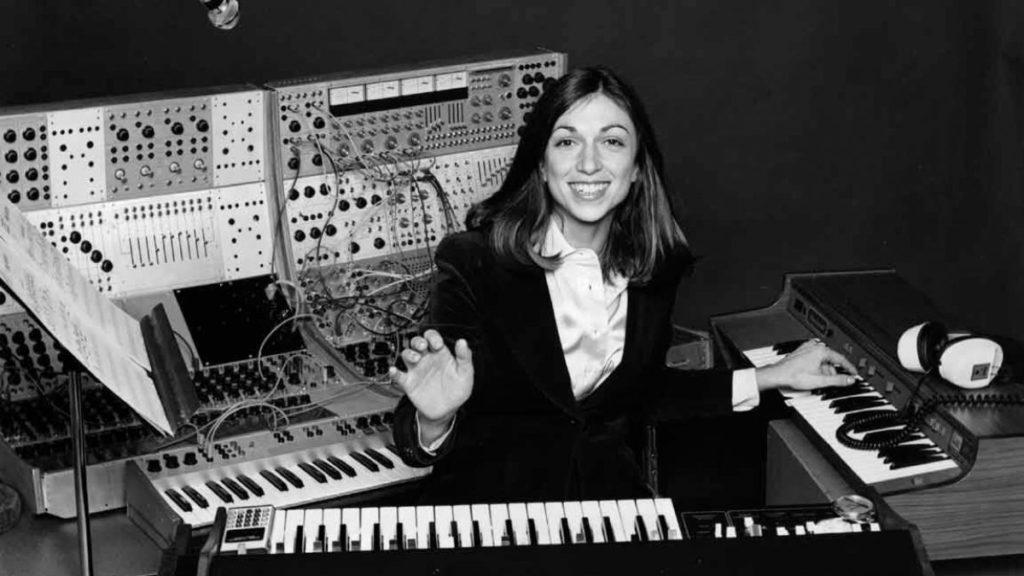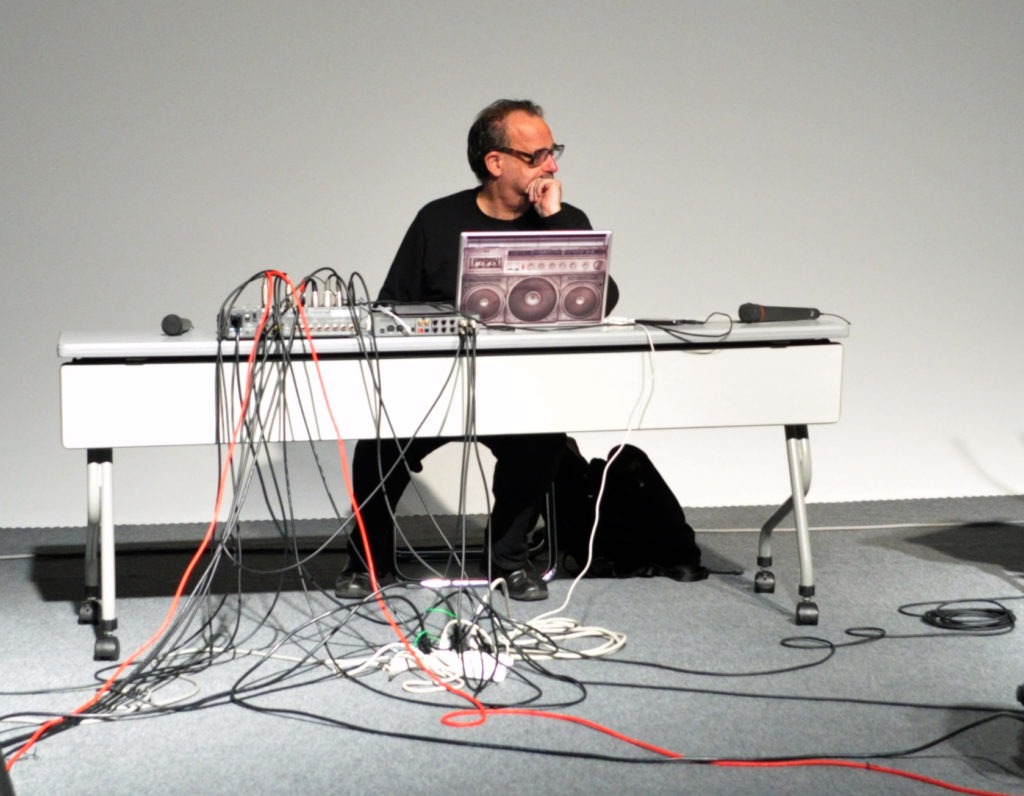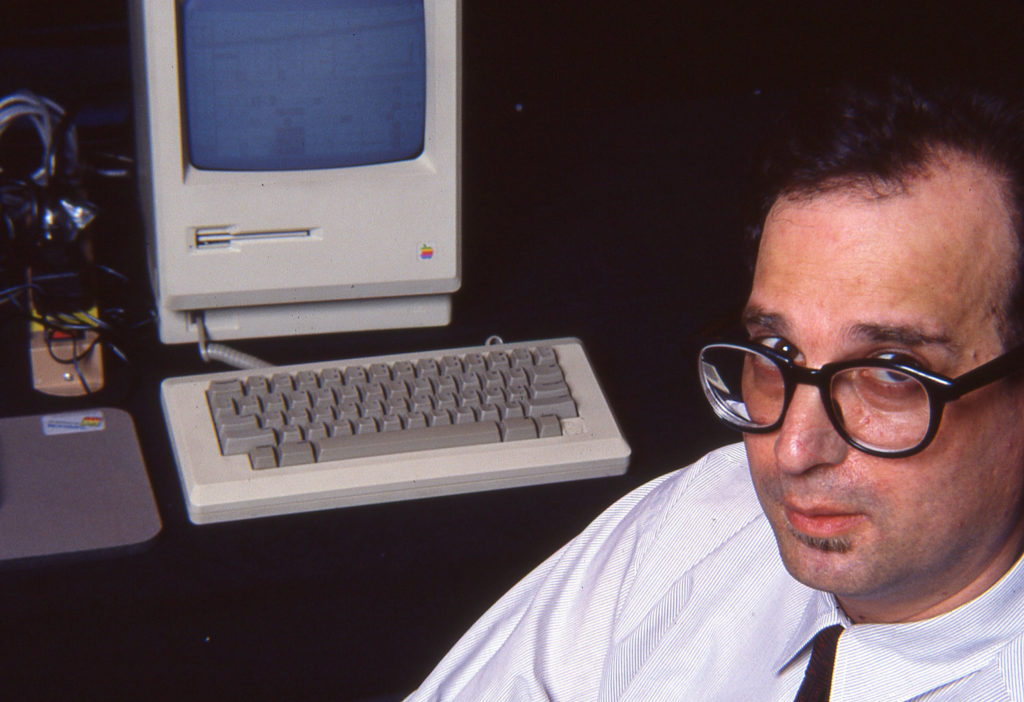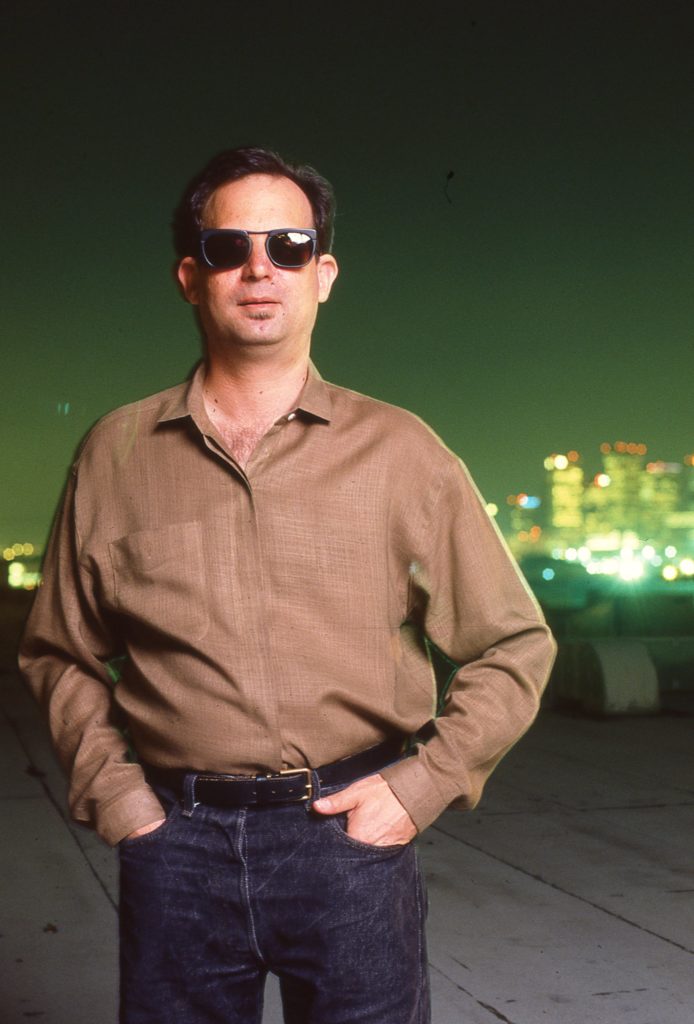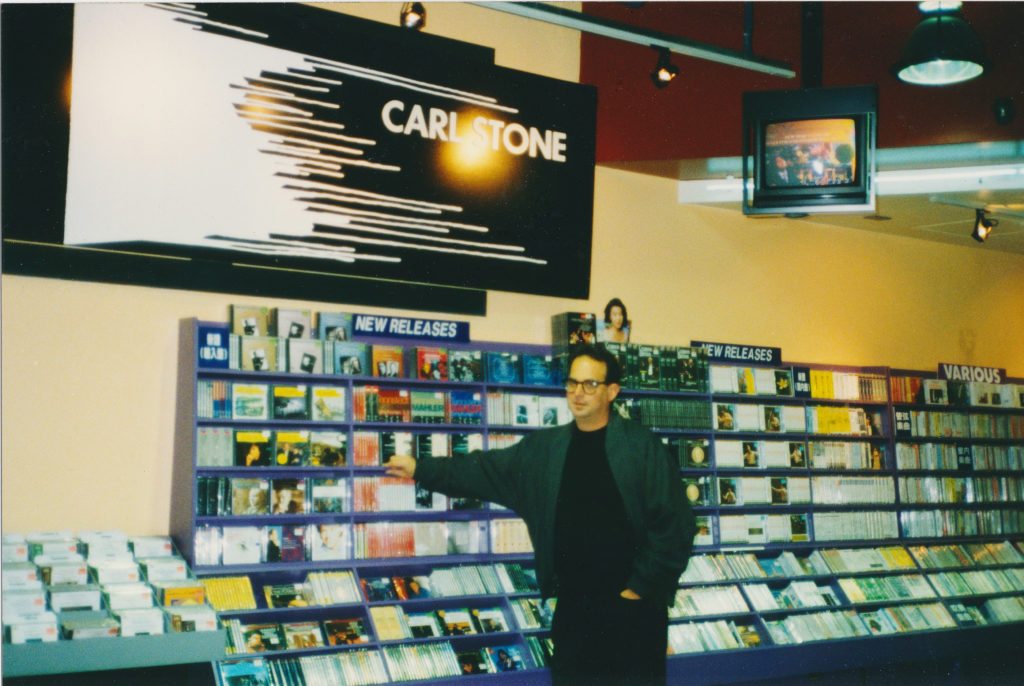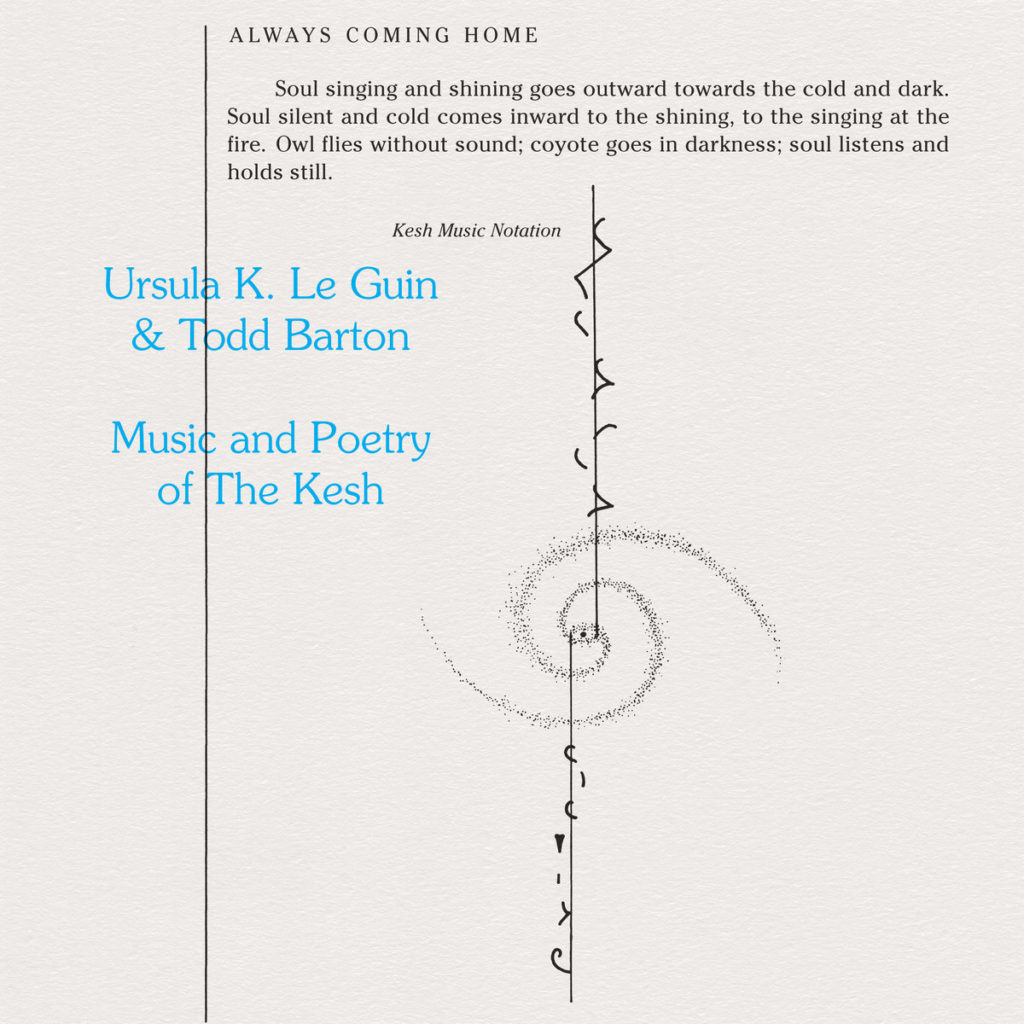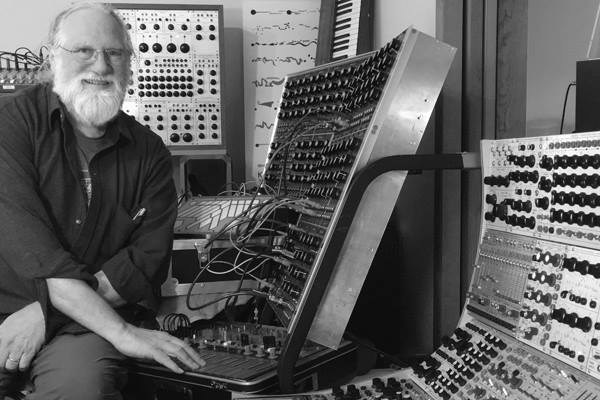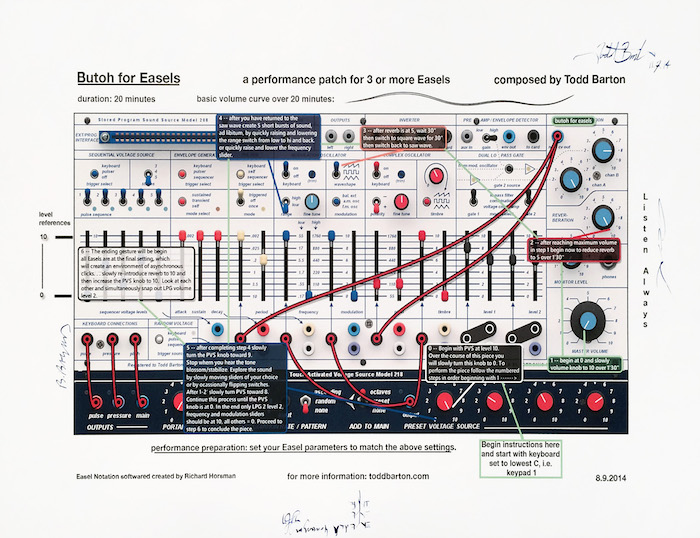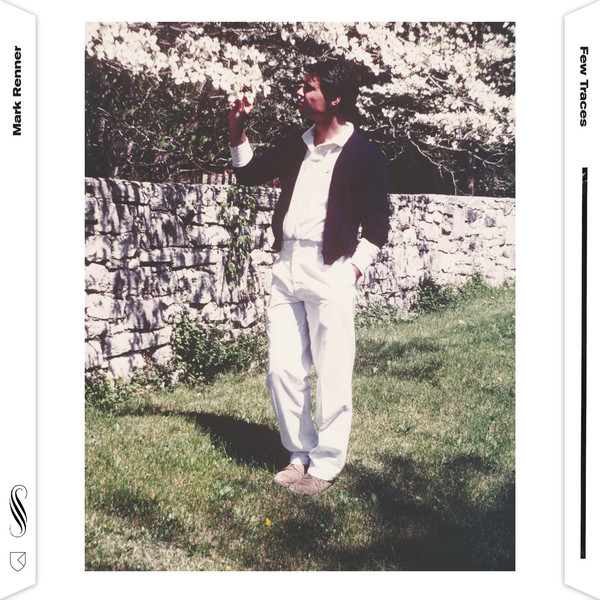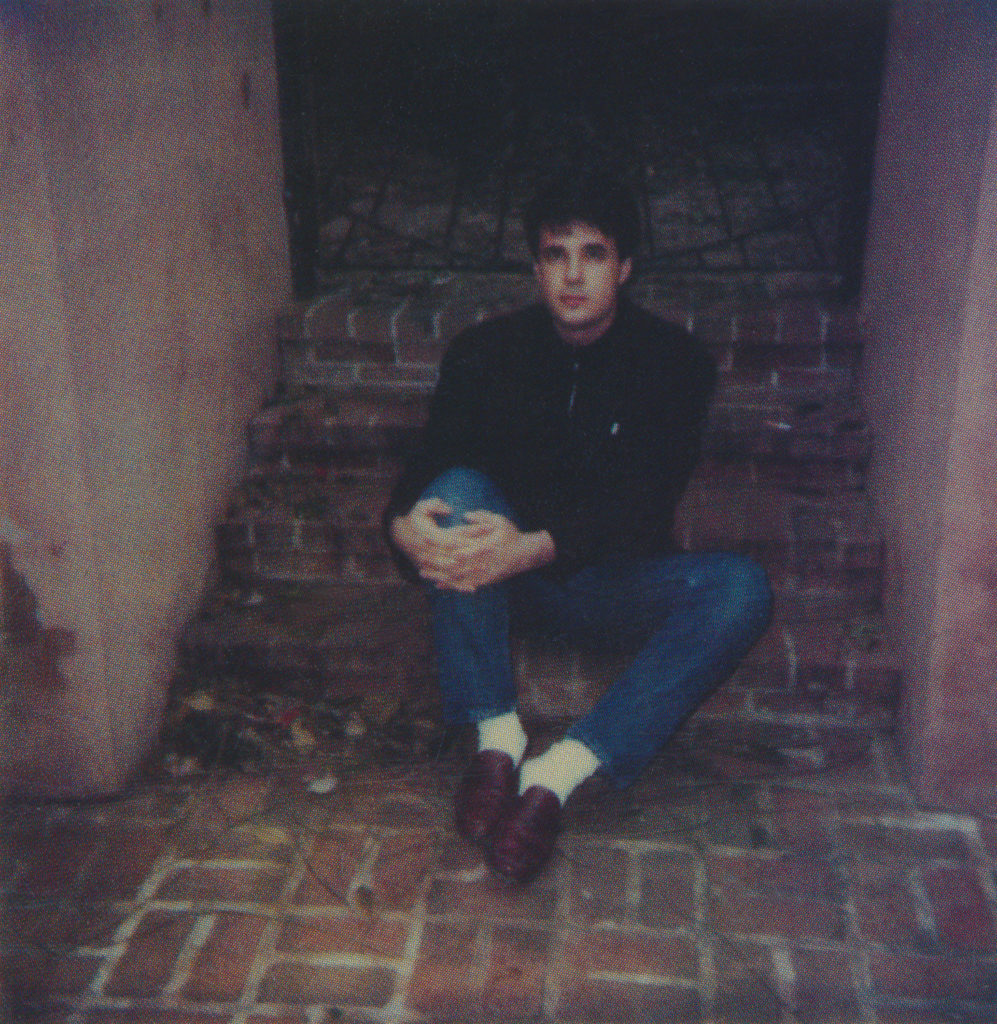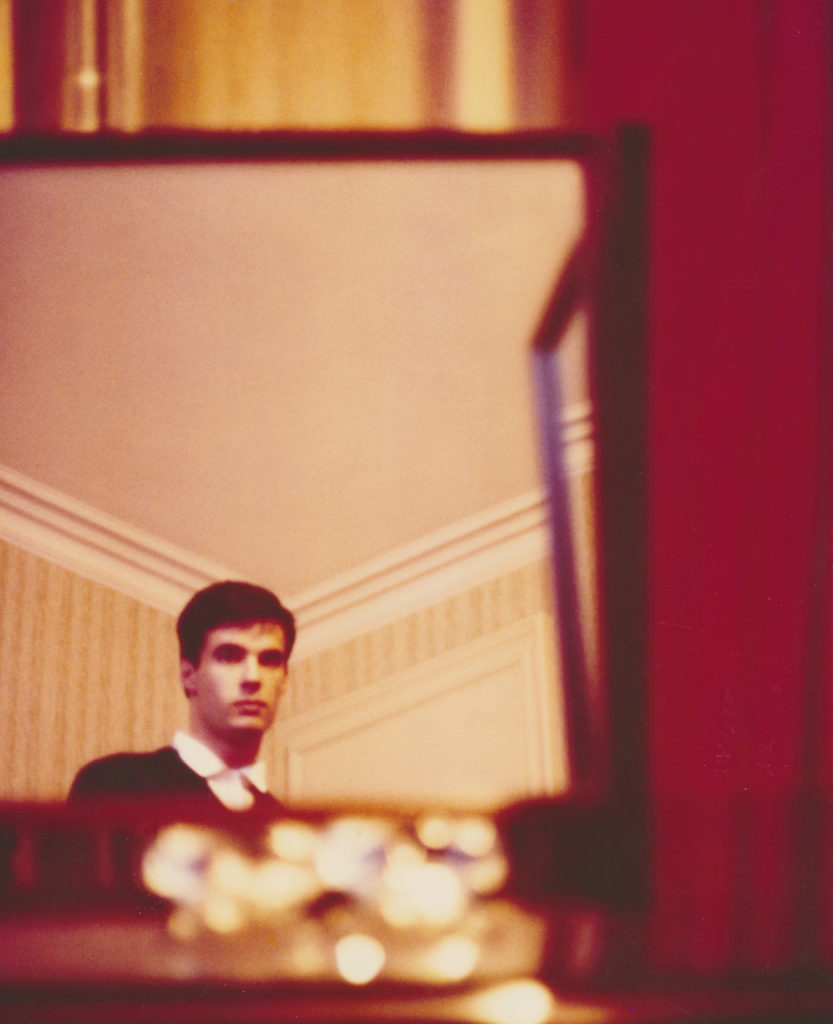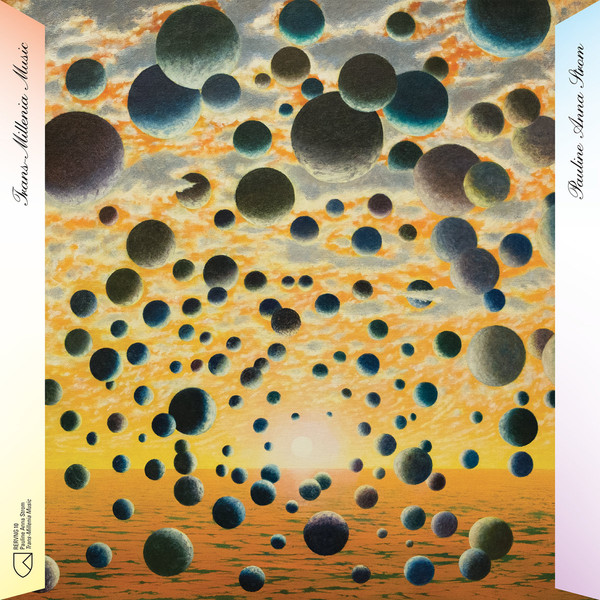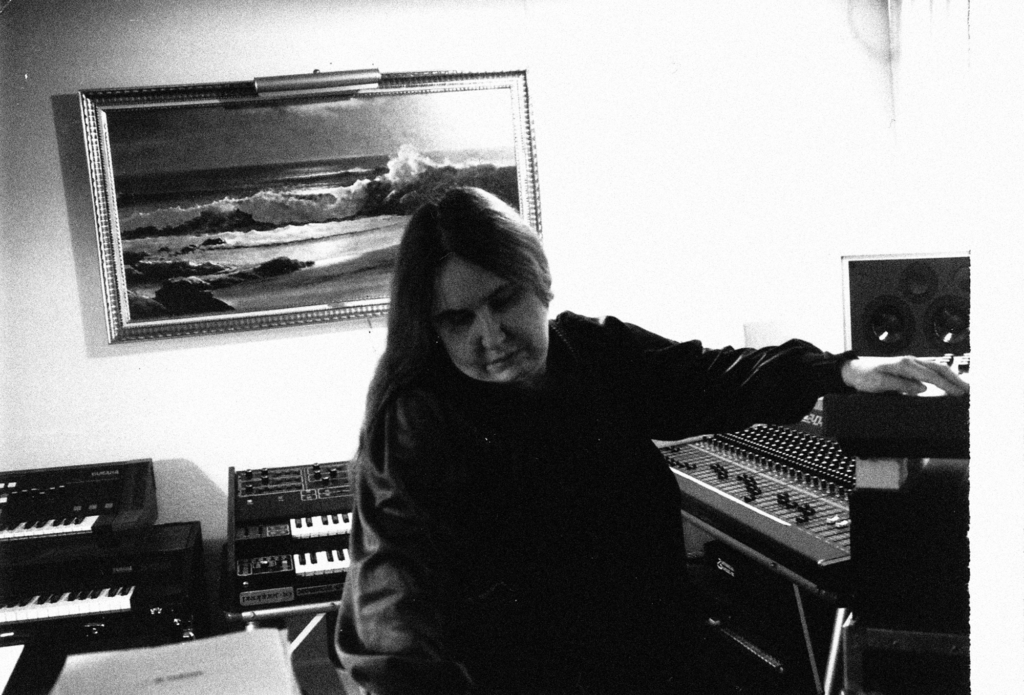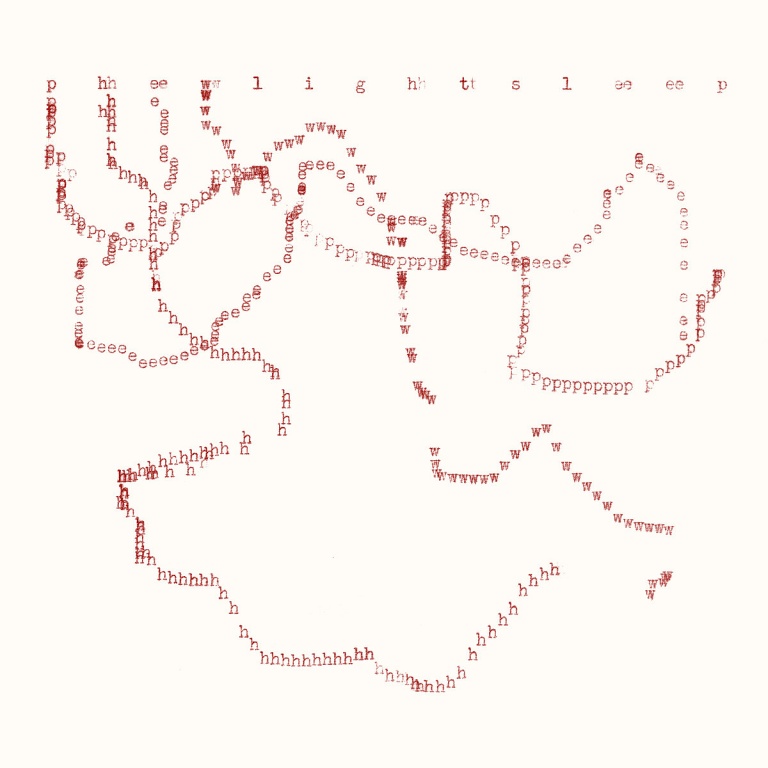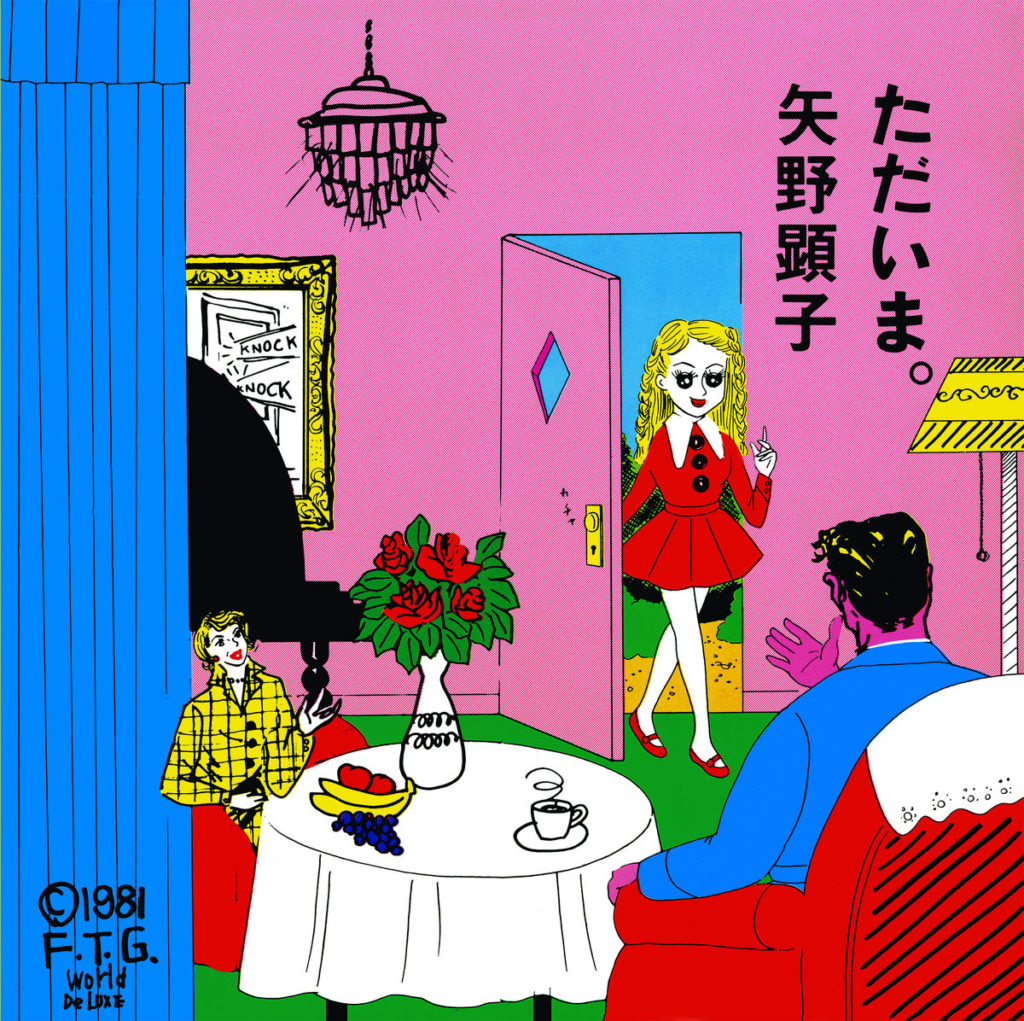
Trained as a jazz pianist since childhood, Akiko Yano has gone on to establish herself as an extraordinarily singular and iconic songwriter, singer, pianist, and performer. Her 1976 debut record, Japanese Girl, was shocking to listeners accustomed to the wispy, subdued sounds of Japanese idol pop, incorporating her sense of humor, unrestrained joy, and technical skill as a pianist and improvisor. She went on to collaborate extensively with Yellow Magic Orchestra and Ryuichi Sakamoto, touring with YMO as a keyboardist in the early 80s. While making her own highly idiosyncratic and genre-bending records, Yano collaborated with Pat Metheny, Lyle Mays, Little Feat, Rei Harakami, Japan, David Sylvian, Thomas Dolby, Kenji Omura, Anthony Jackson, and many others, while also composing songs for Rajie, Manna, Kimiko Kasai, Chiemi Manabe, and many memorable commercial music scores. Today she has released 27 full length records and still performs regularly in New York City, where she lives. One of her most celebrated early works, Tadaima, is forthcoming as a reissue from Wewantsounds, marking the first in a series of reissues of Yano’s cult-following favorites. It’s available for preorder here, and tickets for her upcoming New York show with Seiho are available here.
Interview by Patrick South of Ice Choir
———————————————
Hello, Yano-san? This is Patrick. I’m so happy to be speaking with you today. How are you?
I’m good, thank you.
Great. Let’s get right to it! Since Tadaima is getting reissued, I’m curious about your impressions of it now. Looking back on it, what do you think you were trying to do with this album?
That’s a good question. It was released in 1981, right after I made a kind of hit, “春咲小紅” (Harusaki Kobeni)—which was included on Tadaima—so everyone was expecting a really nice, catchy pop album. But I didn’t want to be like that. I didn’t picture myself as a pop artist. So I did what I wanted. (laughs) In its own way, the sound is still really catchy and pop. I still really love this record, actually.
Yeah—it sounds to me like you were taking a slight turn away from, for example, your previous record ごはんができたよ (Gohan Ga Dekitayo), which had YMO on most of the tracks. Whereas on this one you’re incorporating more styles…
Right.
It’s a little bit more like your earlier albums, but taken in a different direction. Adding new wave, jazz, the children’s poems. I’m really interested in “Rose Garden.” It’s got an Okinawan influence, right? Is that Tsugaru?
Yeah, it’s a mixture of a lot cultures. “Rose Garden” was…I’m trying to remember. I wanted to incorporate Japanese traditional percussion. That’s the main source of the sound. I also added more pop and Japanese festival sounds, like Omatsuri. Kiyohiko Semba plays percussion on the song. He’s real.
You grew up in Aomori—do you think this had a big impact on your musical taste? I know it was an influence on your first album, Japanese Girl.
When I lived in Aomori, I didn’t listen to min’yō—the really traditional Japanese folk music that Aomori is famous for. Back then, I wasn’t interested in it yet. The first time that I appreciated that I grew up in such a musically rich place was right before I made Japanese Girl. So I revisited Aomori musically, and I listened to min’yō a lot. And then I made “津軽ツアー” (Tsugaru Tour), one of the songs I wrote based on the Tsugaru min’yō.
You recorded Tadaima at Sound City in Tokyo, with Sakamoto, Takahashi, Yuji Nakamura on bass, Tsuchiya, and Hideki Matsutake. I’m curious about what the sessions of writing and recording these songs were like. Did it differ from some of your other albums? Was it difficult, or a fun atmosphere?
It was so easy to work with those guys. The bassist, Nakamura-kun, was new to me, but he was very nice, so I decided to tour with him and Tsuchiya-kun, the guitarist. The drummer was Shuichi “Ponta” Murakami. It was a more live-oriented band, and we had fun. It was the biggest tour that I ever had.
What I like about your music is, even on Gohan Ga Dekitayo, which people think of as techno-pop…I just listened to it again, and it really is live. You know, it’s a live sound—everyone’s playing their instruments…it’s kind of disco.
I think playing with YMO cultivated that aspect of it. I didn’t have any experience playing in an even rhythm, which is the basis of the techno-pop. But, since I was 10 or 11 years old, I had been playing jazz, and…what do you call it…
Improvising?
Yeah! Improvising. Improvisation is my passion. It’s my nature. And so, especially Tadaima and Gohan Ga Dekitayo, those records are kind of the basis of this sound and music that I’m doing right now, like Welcome to Jupiter. They’re a mixture of improvisation and a more pop-oriented sound. I still love that mixture.
Yeah, even when you use synthesizers, it feels very organic, I think.
I was into more machines and engineering, operating synthesizers and electronics in the ’80s. (laughs) After the digital synthesizers came out, I gave up.
Yeah, it seems as if you sort of pulled away. I wanted to ask about the song “いらないもん” (Iranaimon). It’s an Onuki Taeko song, and it’s not really characteristic of her style. I’m curious how it came together.
Well, originally it was a very nice ballad. Of course, she’s one of my favorite writers. She’s amazing. (laughing) I was thinking about a more radical way to do it, so it would differ from a more typical Onuki Taeko song. It ended up being one of the most avant-garde things I did.
I love how intentional that move was. I know you’ve interpreted other Onuki songs, like “海と少年” (Umi to Shonen) and “Oh Dad” you did on Elephant Hotel. And you also have a new single with her?
Yes. I sing with her in an authentic way. (laughs) We’ve known each other since our late teens.
I want to ask a little more about “春咲小紅” (Harusaki Kobeni). It’s this joyous, energetic song with strings and bubbly textures. You’re a jazz musician and improviser, so I’m wondering, when you do these really catchy pop songs…I have the sheet music to the song, so I recreated it on my computer and I was listening to the chords under the melody. And to me, there are really interesting tensions with the melody. Are there ways that you sneak jazz and improv into these pop songs? Because to me, compositionally, they don’t sound like typical pop songs.
Hmm…interesting. When it comes to “Harusaki Kobeni,” I was thinking only about the commercial aspect of it, since it was a lipstick commercial.
Oh, so they asked you before you wrote the song?
Oh yeah! The words came first—they were written by Shigesato Itoi. Then I wrote the song. I remember now. It was a competition with other artists, and I think I won. (laughs) Back then, writing a commercial was one of the most effective ways to get people’s attention.
Right, you have a bunch of commercial music songs. Some of them were chosen after they were released, right? Like “ラーメンたべたい” (Ramen Tabetai).
Right, Myojo Foods used my song. To be honest with you, I really enjoy writing commercial songs. And it was well-paid. (laughs) Often they would give me a lot of creative freedom, so I really enjoyed it.
To me they fit in with your other music, too, and it seems like you usually included the songs on your albums. I was curious about this one song “Isetan-tan” from Go Girl. I know there was an advertisement a few years ago where you redid the song. Did they ask you to redo it?
No. I just did it for myself. Isetan department store is one of my favorites, and was also my family’s favorite department store. I was practically raised in Isetan. (laughing) Actually, I wrote two songs for Isetan—the other one is “Isetan-tan-tan!” I’m a devoted customer.
Around this time, you were also writing some great songs for other artists. You wrote “みどりの声” (Midori no Koe) for Rajie, and “Gotanda” for Manna.
Oh my god, how do you know these songs?
Because…I’m definitely a music nerd.
Yeah, you’re officially a nerd! (laughs) Oh my god, oh my god.
That’s why I was asked to do the interview, because they know I’m a nerd about this stuff. You did some songs for some pop idols too, like Hiromi Go, Tsukasa Ito, Seiko Matsuda. They’re always interesting artists. How did these songwriting spots come about? Did you like writing for other people?
I always enjoyed it, yes, but it was never my idea—they would always come to me. Maybe it was because they wanted something out of the ordinary.
Ah, I see. To me, they seem like they could have been your own songs. Rajie, Manna, those are some of my favorite albums. The Rajie track is so cool.
Really? I’m glad to hear that. And also…oh my goodness. In the ’80s my children were still young. My daughter was born in 1980, so I was really busy raising children and taking care of house chores. I couldn’t go out and tour. Being able to work from home was the most convenient, so writing songs for others worked out well.
So, during the late ’80s, during Japan’s bubble era, you’re releasing albums like 峠のわが家 (Touge no Wagaya), Welcome Back, Love Life, and you start exploring this jazzier, airy pop-rock sound. And even before you moved to New York, you had been working with New York musicians like Anthony Jackson, Pat Metheny, Charlie Haden. Other people were going in a new direction, creating more highly produced, mechanical, dance-oriented music. I wonder, was your music reflecting or rejecting this bubble era in Japan? Were you turning away from it?
Hmm. I never thought about the connection between economic events and my music. (laughs) But as I mentioned, I was spending more time with my family and in ’86 and ’87. I took a year and a half off of music to focus on my family. During that time I was just a music fan, a music listener. So I listened to what I wanted to hear, and it was jazz. When I started making music again, I decided to follow my nature, and Welcome Back is one of the results.
Do you think your approach to songwriting changed a little?
The approach to songwriting was the same, but I think the sound was more weighed on improvisation.
I really like a lot of your ’90s music. It sounds really open and deep to me. I think these people you chose to work with, like Anthony Jackson, Pat Metheny—they’re not just great at their instruments; they also have a unique character, a unique voice.
Yeah, and I really appreciated that they agreed to play with me! Eventually, you know, they became my life-long friends.
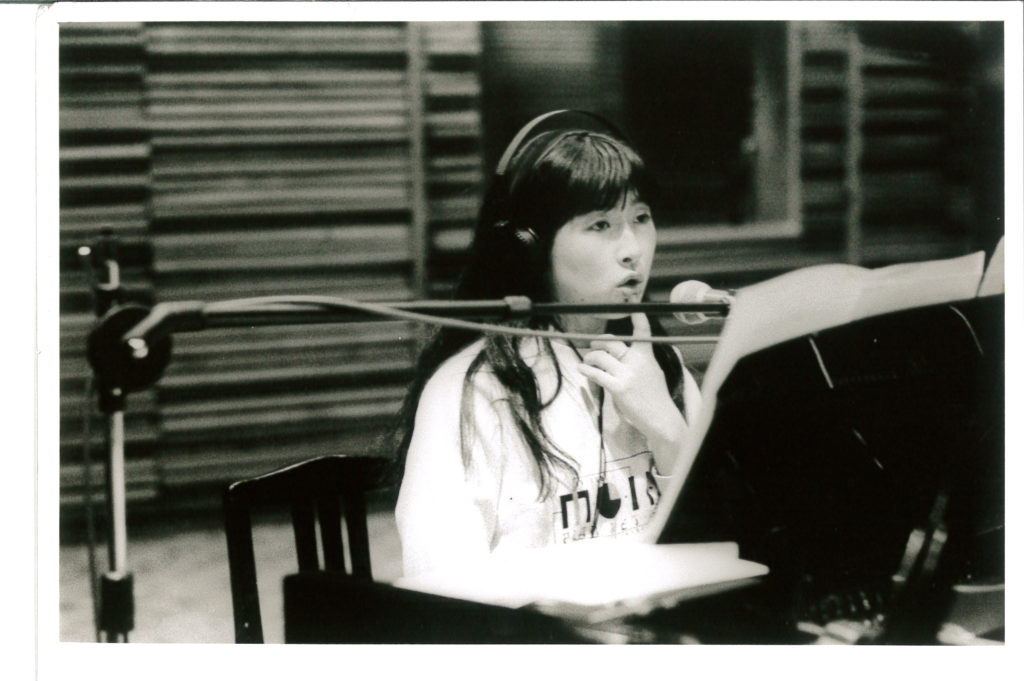
I wanted to ask a little about a frequent collaborator of yours, Haruomi Hosono. I know you worked together in the ’70s, and it seems that you reconnected with him on Reverb in 2002. And you’ve covered many of his songs, like his Happy End songs on Granola. What about his music speaks to you?
I only can say that his music is his music. It’s a mixture of so many cultural and musical references. But once he sings his songs, it becomes his music. He’s the originator of his own sound, and his voice is so expressive.
You both have an appreciation for different types of folk music, and you both have this playful quality. A quirkiness. Is that true, do you think?
Well, both of us love old songs. I think he can be more of a critic of those ’30s, ’40s, ’50s songs. He knows so much about it. So when we play together, we pick something from that era. A lot of the time it’ll be music that I don’t know, but what he picks is always so interesting and so funny, so good. I love his taste.
I know you two did the Akiko Yano and Tin Pan Alley Satogaeru live shows, and I think I read in an interview with Hosono that he was worried about being able to keep up with you during the show.
Well, sometimes he fools himself, like “I’m too old to play,” things like that. But of course it’s not true. Especially right now, he’s really up and running.
He definitely is. So, let’s see…in the United States, and I think everywhere outside Japan, ’70s and ’80s Japanese music has become somewhat of a phenomenon in the past decade, maybe thanks to YouTube. It’s become this inspiration for musicians and graphic artists—they had no idea this world of music existed. Even in Brooklyn, there’s this Japanese record store called Face Records. It’s a store in Japan, but they opened a shop this year in Brooklyn. They have your records; I see them on the wall.
Really? Wow.
Yeah, it’s crazy. Have you felt this resurgence of interest in your music?
Um, I think I’m kind of an object of interest. But, more and more, when I play in New York City, I see more and more American people coming in to check out my music. So, that’s an interesting tide to me.
Part of of the reason I’m asking is because on your latest albums, 飛ばしていくよ (Tobashite Iku Yo) and Welcome to Jupiter, you started working with these electronic producers, like Seiho, tofubeats, Azumi Hitomi. It seems like they’re inspired by the music you were making in the ’80s. I’m curious if more techno producers are contacting you.
Actually, I requested them. Working with these younger, more techno-oriented musicians was the idea of one of my staff. And Rei Harakami was my—is my buddy.
Yeah, making music with him was so special. But he’s gone, and I had kind of given up playing with techno musicians. But these younger musicians are so eager to make new music, and I really love their attitude. I really enjoyed all of them.
This show you’re doing with Seiho—you two did a remake of “Tong Poo” together. Are you going to revisit more of your old songs with him?
Yeah, I think we’re going to do a couple of old songs. We’re going to talk about it this weekend, actually. (laughs)
I’m curious about your interest in synthesizers and sound design in general. Your very first song on Japanese Girl “気球にのって” (Kikyu ni Notte) features a very prominent, expressive Arp synthesizer line. And then on Welcome to Jupiter, there’s “モスラの歌” (Mosura no Uta) and “颱風” (Typhoon) where you have these synth textures—and then you worked with Harakami, Makoto Yano, Sakamoto, Jeff Bova—musicians who are known for their sound design. Do you think synthesizers and sound design are an important element of your music?
I do. Right now, I don’t have much time to develop or research these machines, or how I could make my own music with those machines. But I always have a sound vision in my head. I never lose it. All I need is the right person to help me to make those sounds in my head real.
I see. So you describe the sounds you’re after?
Yes. Right now, I have a really good guy, Hideyuki Fukasawa, in Tokyo. I really enjoy working with him.
Is he on any of your recent albums? Is he on Welcome to Jupiter?
Yes. Also—this is kind of a sneak preview, but I recently got to know Reed Hays. He’s an amazing synthesizer player and producer. He released two albums, and he works with his classmate. Their band’s name is Reed & Caroline, and they’re making records under Vince Clarke, from Erasure. I think you’ll like it.
What else has been inspiring you lately, musically?
I still love old American root music. I really enjoy the new songs of Boz Scaggs. The blues.
I haven’t heard his very latest, but I’ve heard some of his recent records, and they’re very cool. I like his old stuff too, a lot. I know your album Akiko has a lot of that sort of roots sound. T Bone Burnett. Did you listen to the new Jon Batiste? His new album is produced by T Bone.
Really?
Yeah. You might like it. Something else I wanted to ask about is how some of the last songs on your albums, like “Rose Garden,” “てぃんさぐぬ花” (Chinsagu no Hana), “Little Girl, Giant Heart,” “おおきいあい” (Ookii Ai)—they give a feeling of courage and hope, like a marching song. They seem to be inspiration to go out and face the world. Do you like to end albums on an uplifting note?
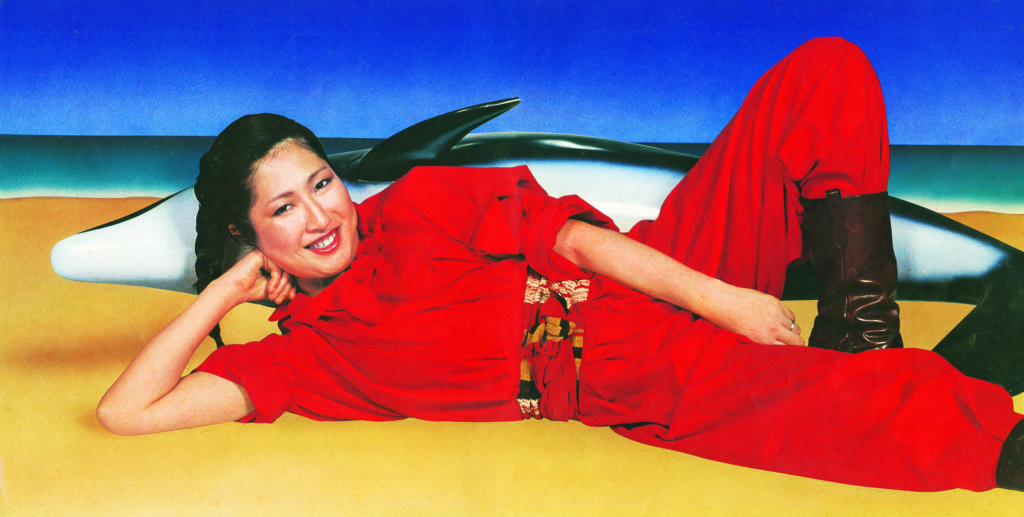
Mmm. That’s something I’ve been thinking about over the past few years. I’ve been making music that’s exactly what I want to make, what I want to hear. But slowly I’ve been realizing, “Wait a minute, I need an audience, and the reason I’m here is that there’s always someone listening to my music.” So I’m becoming more focused on the audience—sometimes I even picture myself as an audience. I really enjoy, for example, blues, and other kinds of depressing music, dark sounds; but I can’t listen to them all the time. Eventually, we need to be encouraged by music. Music that uplifts you is really powerful.
That’s what I like about your albums—they’re never the same all the way through. They’re different styles, different genres. I never get bored. It’s unnatural to listen to only happy songs.
Yeah. It’s like eating a variety of foods—music is the same.
OK, well, I think we can wrap this up. I just want to thank you so much for speaking with me.
Oh, thank you so much. I really appreciate that you’ve been a longtime fan of my music.
It’s easy to be. You have so much. It was a bit scary trying to cover it all. I didn’t cover it all, but you know, little parts. Thank you, Yano-san. I’m looking forward to seeing you at your show next month.
———————————————
Thanks to Akiko Yano, Patrick South, Matt Robin, and Wewantsounds for
facilitating this interview. Text has been condensed and edited for clarity.
